How to maintain testosterone naturally
A recent research of 9,054 healthy-weight men between the ages of 19 and 39 found that normal testosterone levels fall between 264 and 916 nanograms per deciliter (ng/dL).
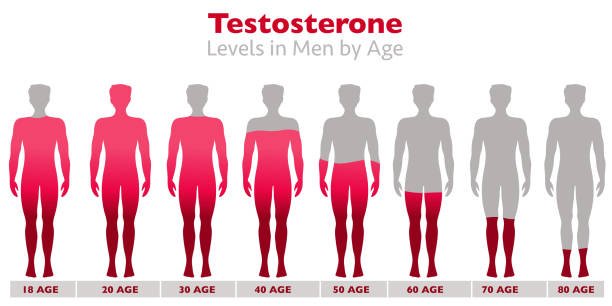
Drug companies advertise testosterone-boosting products, and while these may benefit some people, they may also hinder the body's capacity to manufacture testosterone on its own.
Make your choice by clicking here:https://bit.ly/3BjBCSY
These drugs do carry certain hazards, too. 2016 research
The advantages and safety of using testosterone replacement drugs over an extended period of time remain unknown, according to a reputable source.
The greatest method to raise testosterone levels is to change your lifestyle in ways that will benefit your general health and happiness.

- Getting sufficient rest
The body's required amounts of hormones and substances, including testosterone, can be negatively impacted by sleep deprivation.
According to one study from the University of Chicago Reliable Source, men who don't get enough sleep may see a decline in testosterone levels.
Ten healthy males in their mid-twenties slept for eight hours per night at home for a week before spending the following eleven nights in a lab. They slept for 10 hours every night for three nights, then only got 5 hours of sleep for eight nights. During the previous night, when they slept for 10 hours, as well as during the sleep-restricted period, doctors examined their blood every 15 to 30 minutes.
The researchers discovered that testosterone levels in the daytime decreased by up to 15% after just one week of sleep deprivation. In comparison, testosterone drops by just 1% to 2% annually with normal aging.
Prioritizing sleep could keep testosterone levels in check. Aim for sleeping for at least 7 to 8 hours every night. Anyone who consistently has trouble sleeping soundly should consult their doctor.
- Keep a healthy diet.
Healthy diet has long been proven to be crucial for preserving testosterone levels and general wellbeing. Low testosterone levels and being overweight may be associated with a number of inflammatory disorders, as well as poor neurological function, according to a paper in the Journal of Neuroinflammation Trusted Source.
Additional study
Hormone levels were shown by Trusted Source to be disturbed by overeating and yo-yo dieting. Athletes and those who lead active lifestyles are more susceptible to this effect.
The greatest diets are those that primarily consist of whole foods and provide a wholesome ratio of proteins, carbs, and fats. Eating a balanced diet rich in nutrients can maintain the body's hormone levels in the appropriate range and advance long-term health.
- Go on a diet.
Men who weigh heavier have lower testosterone levels, according to research. According to a study published in the journal Clinical Endocrinology, men between the ages of 14 and 20 who are obese may have up to 50% less testosterone than men who are not overweight.
- Keep moving.
According to a study published in the European Journal of Applied Physiology Reliable Source, testosterone levels increase with physical activity.
Added research
According to a reliable source, increasing physical activity has a greater impact on testosterone levels than losing weight.
Avoid overdoing it, though, as excessive activity may result in low testosterone.
In fact, the same study discovered that testosterone levels may be low in long-distance runners. The scientists hypothesized that this might be caused by insufficient energy and poor nutrition.
- Stress management
Chronic, long-term stress is harmful and can cause a wide range of physiological problems.
Cortisol, a hormone that regulates a number of functions, including immune response and metabolism, is elevated by stress.
Increased cortisol has a deleterious effect on testosterone. According to a 2016 studyTrusted Source, men's testosterone levels fluctuate erratically as a result of stressful situations.
58 male and female medical students completed questionnaires and provided saliva samples in the two months leading up to their final exams while under exam stress.
Under exam stress, salivary testosterone levels significantly increased in the men in the research, whereas they significantly reduced in the women.
The disparities between the sexes may be explained by the researchers' hypothesis that the stress reaction in the male study participants led to hostility, emotional restraint, and rumination.
Make your choice by clicking here: https://bit.ly/3BjBCSY
- Supplements and vitamins
One study indicated that taking vitamin D pills could treat a deficiency and possibly help to raise testosterone levels, according to the Journal of Hormone and Metabolic Research Trusted Source.
Additionally, it can help to maintain healthy vitamin D levels to get at least 15 minutes of direct sunlight each day. Salmon and other fatty fish, fortified milk, and cereal products are food sources rich in vitamin D.
DHEA is a hormone that aids in the synthesis of other hormones that influence body composition, including testosterone. Both DHEA and testosterone levels decrease with aging. In one study, a sample of senior males received DHEA supplementation. The researchers discovered that the supplements had marginally beneficial, but statistically significant, effects on body composition.
The body may be able to use the DHEA it makes if the healthy fats found in fish and flaxseed are consumed.
If a deficiency is to blame for the drop in testosterone, using magnesium supplements can help get them back to normal.
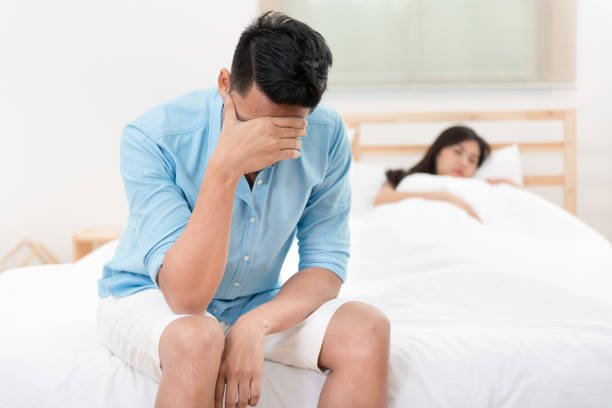
According to a study published in the journal Biological Trace Element Research, testosterone levels may rise in all people who take supplements for at least a month. According to the findings, testosterone levels will rise more noticeably in active individuals than in inactive individuals.
Similar to magnesium, zinc insufficiency may cause testosterone levels to decline. A previous study from 2007 Trusted Source shown that in sedentary men who exercise, 4 weeks of zinc supplementation helped stop a drop in testosterone levels.
- Examine the medication
Although a number of medical issues can be managed with the aid of prescription drugs, they are one of the most frequent causes of low testosterone.
Statins, which are drugs that decrease cholesterol, may partially work by lowering testosterone, claims a paper in BMC Medicine Reliable Source.
Anyone who thinks their doctor should be informed that they have low testosterone may want to discuss this with them.
- Prevent using drugs and drinking.
Lower testosterone has been connected to drug and alcohol abuse.
Alcohol use has an impact on the glands and hormones involved in male reproductive health, according to the National Institute on Alcohol Abuse and Alcoholism Trusted Source.
Additionally, alcohol's negative effects on the body, which include producing hormonal reactions and cell damage, might result in decreased testosterone levels.
Make your choice by clicking here: https://bit.ly/3BjBCSY
The Use Of Testosterone
There is little evidence to support the claims that testosterone therapy or commercially available testosterone supplements can help men with age-related testosterone issues, according to a paper in Nature Reviews Endocrinology Trusted Source.
However, when the body is unable to manufacture testosterone on its own, testosterone therapy may be beneficial.
The greatest technique to raise testosterone levels naturally is because testosterone therapy is not appropriate for everyone.
Anyone who is worried about their testosterone levels should visit their doctor for a testosterone test as well as to talk about lifestyle modifications and whether testosterone therapy or supplements may be beneficial.
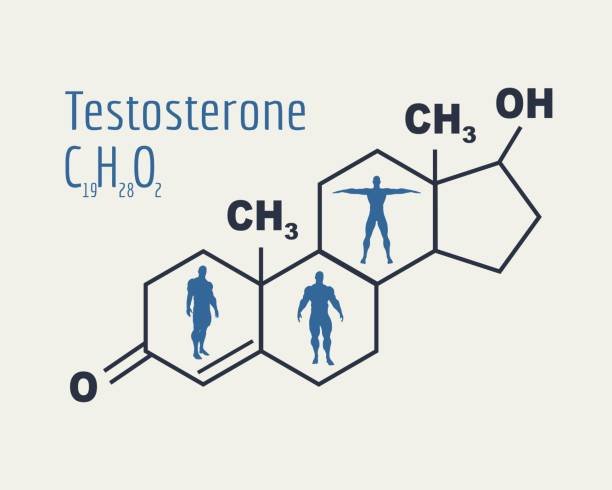
Takeaway
Male sex organ development is aided by testosterone, which begins to develop before birth.
Male characteristics such as desire, sperm generation, body fat distribution, muscle strength, and red blood cell formation are all influenced by testosterone. In their adrenal glands and ovaries, women also generate testosterone, though at far lower amounts than men.
Natural testosterone boosting methods include diet, exercise, and, in some cases, supplementation.
Contrary to popular belief, testosterone treatment does not increase testosterone in healthy males.
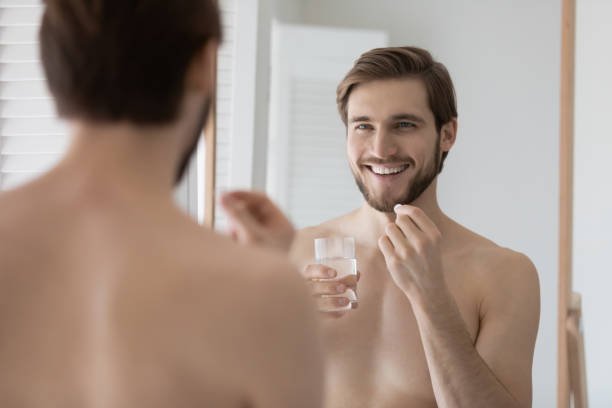
Low testosterone: Signs, causes, and remedies
Both males and females have the hormone testosterone, which is the main sex hormone in males. It is essential for the growth of male reproductive organs and secondary sex traits including body hair and increased muscle mass.
It's possible for some persons to have testosterone levels that are below average. Both physical and psychological issues could emerge from this.
Make your choice by clicking here: https://bit.ly/3BjBCSY
Males who have low testosterone levels are diagnosed, treated, and discussed in this article. Low testosterone in females is also covered. Finally, it provides guidance on when to see a doctor and responds to some frequently asked issues regarding low testosterone levels.
Manifestations of low testosterone
Low blood testosterone in males is defined by the American Urological Association (AUA) as fewer than 300 nanograms of testosterone per deciliter of blood.
Learn more about the average testosterone levels in men and women.
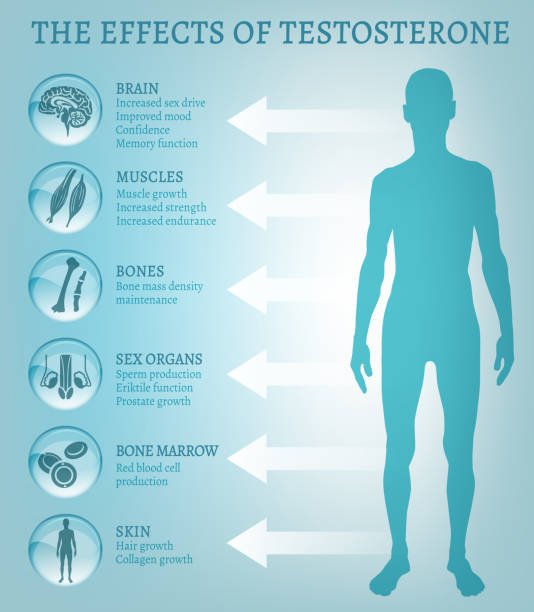
Men who have low testosterone may exhibit the following signs:
decrease in libido or sex drive
an erection problem (ED)
decrease in lean muscular mass
obesity
weariness, irritation, sadness, and hair loss on the face and body
Make your choice by clicking here: https://bit.ly/3DdjjQu
Low testosterone causes
Males who are older than younger men typically have lower testosterone levels, which is the main cause of low testosterone. Apart from aging, medical experts classify primary hypogonadism and secondary hypogonadism into two groups as causes of low testosterone. Both forms result from the testicles' inability to produce enough testosterone, but they each have unique reasons.
First-order hypogonadism
A problem with the testicles leads to primary hypogonadism (PH). The primary risk elements PH's Reliable Sources include:
Inaccessible testicles
Testicular trauma can result from accidents, cancer, chemotherapy, radiation therapy, or hereditary conditions such Klinefelter syndrome, as well as normal aging.
Reliable Source

Additional hypogonadism
A problem with the transmission process between the brain and the testicles leads to secondary hypogonadism (SH). One of two brain regions—the hypothalamus or the pituitary—is where such problems originate.
Normally, the pituitary gland generates follicle-stimulating hormone and luteinizing hormone in response to signals from the hypothalamus, which releases gonadotropin-releasing hormone. The latter instructs the testicles to produce testosterone after that.
A pituitary or hypothalamic disorder can impair the normal synthesis of testosterone. These issues could result from the following Trusted Source:
Obesity and pituitary conditions
Surgery or trauma-induced stress-induced hypogonadism, as well as delayed puberty and a compromised sense of smell, are symptoms of HIV Kallman syndrome.
Low testosterone diagnosed
The following tests will probably be used to diagnose low testosterone:
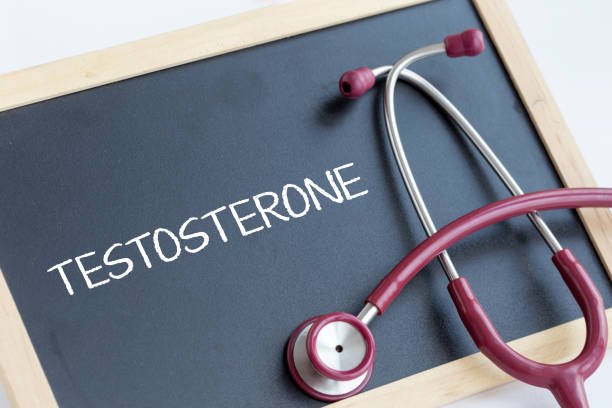
An evaluation of the patient's symptoms:
This may involve asking about the onset, recurrence, and severity of the symptoms.
An evaluation of the patient's medical background: There may be inquiries regarding the following:
any previous head injuries, operations, or radiation treatments
any prior instances of testicular inflammation or damage
chemotherapy or radiation therapy experience
any drug usage, including the use of opiates, anabolic steroids, or glucocorticoids, in the past or present
any ancestors with disorders associated with low testosterone
Having a physical exam The doctor may look for the following things while performing the examination:
Obesity warning signs include a high body mass index and a significant waist circumference.
symptoms of the metabolic syndrome, such as elevated blood pressure and unusual cholesterol readings, include hair loss or slower hair growth.
swollen breasts
prostate and testicular size
A total testosterone level blood test, which measures the amount of testosterone in the blood, is what a doctor will order if they suspect low testosterone levels. This test must be performed in the morning, when testosterone levels are highest.
Atypical amounts of prolactin or luteinizing hormone can point to a pituitary gland problem, therefore the doctor may also order blood tests to examine those levels.
Additionally, people can utilize at-home test kits to decide whether they need to see a doctor for their low testosterone.
Make your choice by clicking here: https://bit.ly/3DdjjQu
Testosterone replacement therapy
The cause of low testosterone will influence the course of treatment in part.
A physician may occasionally recommend testosterone replacement therapy (TRT). The most typical TRT alternatives are:
oral testosterone-boosting drugs
topical testosterone gels, creams, or patches intranasal testosterone gels
testosterone implants and testosterone injections
In certain circumstances, doctors may also advise making certain lifestyle adjustments, such as:
keeping a healthy weight
exercising frequently and eating a healthy diet
Symptoms and dangers
The National Health Service (NHS) of the United Kingdom claims that TRT may have the following negative effects:
increasing hunger and gaining weight
overall sluggishness restlessness exhaustion hot flushes heavy perspiration acne depression irritability aggression
Anyone taking testosterone who has side symptoms should contact their doctor right once.
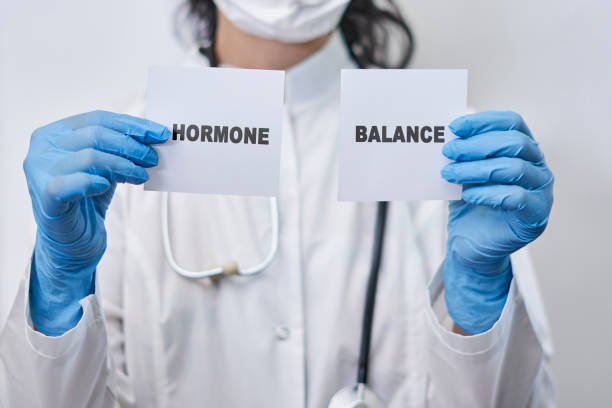
Ladies with low testosterone
A 2014 study team examined all the information that was available on the therapeutic use of testosterone and other androgens in women. The panel came to the conclusion that because there is inadequate evidence connecting androgen insufficiency with certain signs or symptoms, doctors avoid diagnosing androgen deficiency syndrome (ADS) in healthy females. In the end, the authors concluded that there is not enough information about ADS in women to support a formal diagnosis.
The use of testosterone therapy for postmenopausal women with sexual dysfunction brought on by hypoactive sexual drive disorder is supported by research, the authors note (HSDD).
However, they advise against giving testosterone to female patients for the majority of other disorders, such as:
infertility, other than HSDD, sexual dysfunction, and surgical menopause
hypopituitarism
adrenal underdevelopment
When to seek medical advice
Population-level testing for low testosterone is not advisable, according to medical authorities.
However, if someone exhibits signs of low testosterone, they can discuss the potential for diagnostic medical tests with their doctor.
A lot of people have questions
Here are some responses to frequently asked queries regarding low testosterone.
What occurs if a man's testosterone level is low?
The blood's testosterone concentration changes significantly throughout the course of the day. It is possible to continue to be asymptomatic even when peak testosterone levels significantly decline. Low testosterone may present with the following symptoms:
a lower libido ED
reduced lean muscle mass
obesity loss of hair on the face or
body exhaustion agitation depression
How is low testosterone managed?
The cause of low testosterone affects the treatment options. A doctor can do tests to assist identify the problem and might be able to suggest suitable solutions.
Low testosterone levels may also be helped by several lifestyle changes. These include eating healthily, exercising frequently, and keeping a healthy weight.
Does masturbation cause a drop in testosterone?
There is no proof that low testosterone levels and masturbation are related.

Summary
Low testosterone levels typically don't have any distinct symptoms. Physical symptoms including ED, obesity, and decreased muscle mass may be present, as well as mental symptoms like irritation and depression.
Low testosterone might be difficult to diagnose due to the symptoms' lack of specificity. Usually, several blood tests are requested by doctors to confirm the disease.
The cause of low testosterone affects the course of treatment in part. Maintaining a healthy lifestyle can occasionally be a risk-free and efficient strategy to raise testosterone levels to normal ranges. In some situations, doctors could advise TRT despite the fact that it has drawbacks. TRT's possible hazards and advantages can be discussed with a doctor.
Make your choice by clicking here: https://bit.ly/3BjBCSY
This is a one-time notice about a free service on steem.
There are communities that help support the little guy 😊, you might like ours, we join forces with lots of other small accounts to help each other grow!
Finally a good curation trail that helps its users achieve rapid growth, its fun on a bun! check it out. https://plu.sh/altlan
Downvoting a post can decrease pending rewards and make it less visible. Common reasons:
Submit